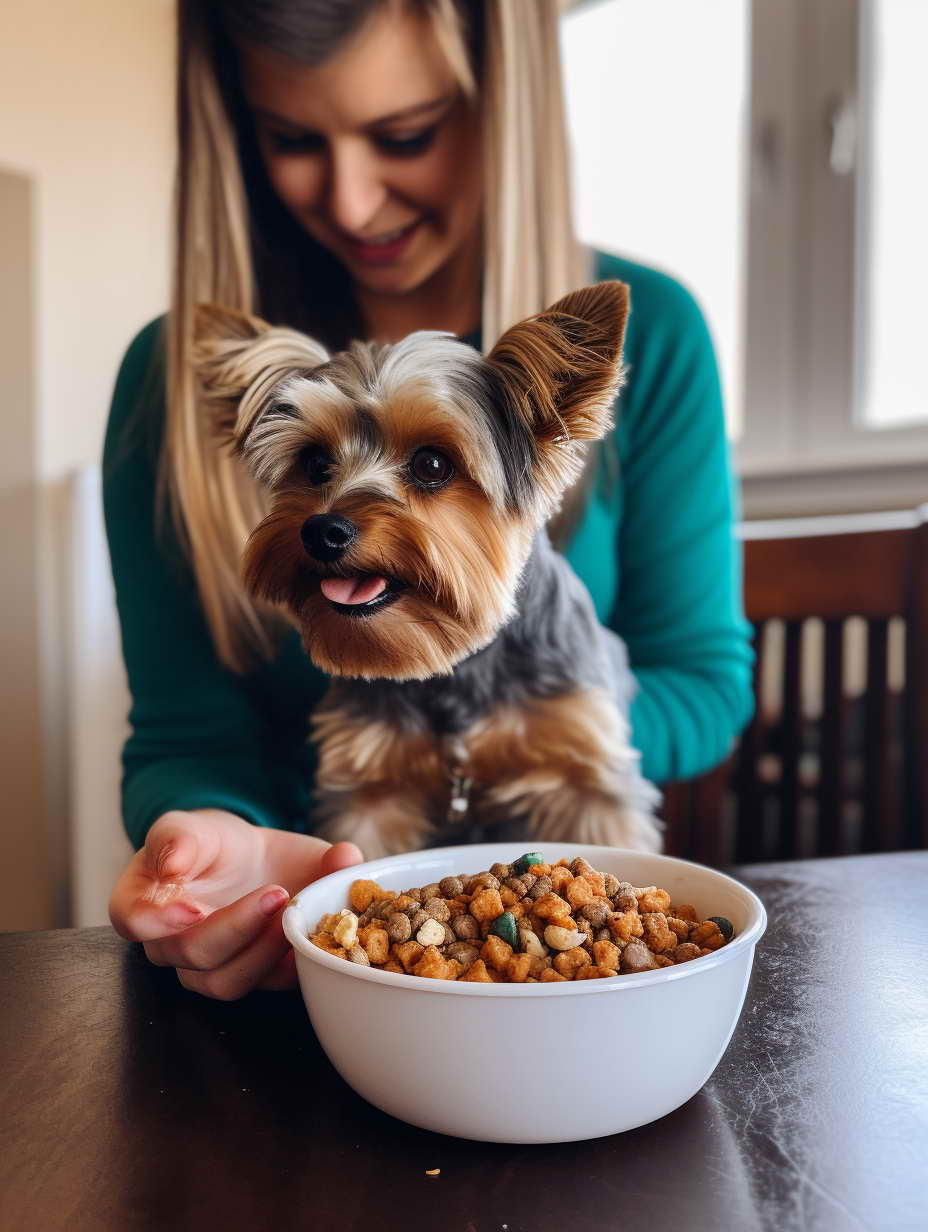How to Determine the Right Dog Food Amounts To Feed?
Introduction
When it comes to caring for your beloved canine companion, one crucial aspect is ensuring they receive the right amount of food. Determining the correct dog food amounts to feed your furry friend can be a bit tricky, as it depends on various factors such as breed, age, activity level, and more. In this comprehensive guide, we’ll walk you through everything you need to know to keep your four-legged friend well-nourished and thriving.
How to Determine the Right Dog Food Amounts
Understanding Your Dog’s Needs
Before diving into the specifics, it’s essential to understand that each dog is unique. Factors such as age, size, breed, and activity level all play a role in determining the right amount of food.
Breed-Specific Considerations
Different breeds have different nutritional requirements. For instance, larger breeds may require more food to support their growth and energy needs, while smaller breeds may need less.
Age Matters
Puppies, adult dogs, and seniors have varying nutritional needs. Growing puppies need more calories, while senior dogs may require fewer calories but more specific nutrients to support aging joints and overall health.
Activity Level
Active dogs burn more calories than sedentary ones. Ensure your dog’s food intake aligns with their activity level to maintain a healthy weight.

Dog Food Amounts To Feed
Determining the appropriate dog food amounts can be simplified into the following steps:
Step 1: Read the Label
Start by checking the feeding guidelines on your dog food’s packaging. These guidelines are typically based on your dog’s weight and provide a good starting point.
Step 2: Consider Your Dog’s Weight
Weigh your dog regularly to monitor any fluctuations. Adjust their food intake accordingly to maintain a healthy weight.
Step 3: Monitor Body Condition
Keep an eye on your dog’s body condition. You should be able to feel their ribs without seeing them. If they are too prominent, increase their food; if not, decrease it.
Step 4: Be Mindful of Treats
Treats are a delicious way to reward your furry friend, but they can contribute to overfeeding. Account for treating calories in your dog’s daily intake.
Step 5: Consult Your Vet
If you’re unsure about the right amount to feed your dog, consult your veterinarian. They can provide personalized recommendations based on your dog’s unique needs.
FAQs
How often should I feed my dog?
Dogs typically thrive on two meals a day, but some may do better with three smaller meals. Consult your vet for a feeding schedule that suits your dog.
Can I feed my dog human food?
While some human foods are safe for dogs, it’s crucial to know which ones are harmful. Foods like chocolate, grapes, and onions should be avoided at all costs.
Should I choose wet or dry food?
Both wet and dry dog food have their advantages. Dry food is convenient and can help maintain dental health, while wet food can be more appealing to picky eaters.
What should I do if my dog is overweight?
If your dog is overweight, consult your vet for a weight management plan. This may involve adjusting their diet and increasing exercise.
Is it okay to switch dog food brands?
Switching dog food should be done gradually to avoid digestive issues. Mix the old and new food over a week, gradually increasing the new food’s proportion.
Can I give my dog supplements?
Supplements should only be given under the guidance of a veterinarian. Over-supplementing can be harmful to your dog’s health.
Conclusion
In conclusion, determining the right dog food amounts to feed your furry friend is a crucial aspect of responsible pet ownership. By considering factors such as breed, age, and activity level, monitoring your dog’s weight and body condition, and consulting your veterinarian when in doubt, you can ensure your dog receives the nutrition they need to thrive. Keep your four-legged companion happy and healthy by providing them with the right amount of love and care, starting with their food.

Leave a Reply